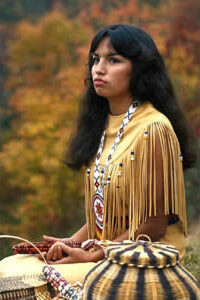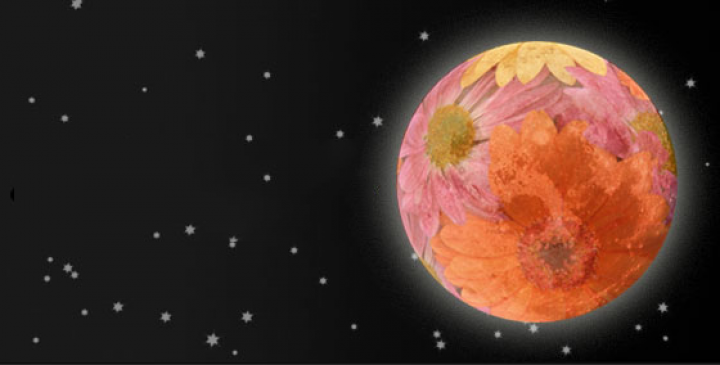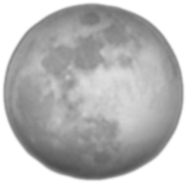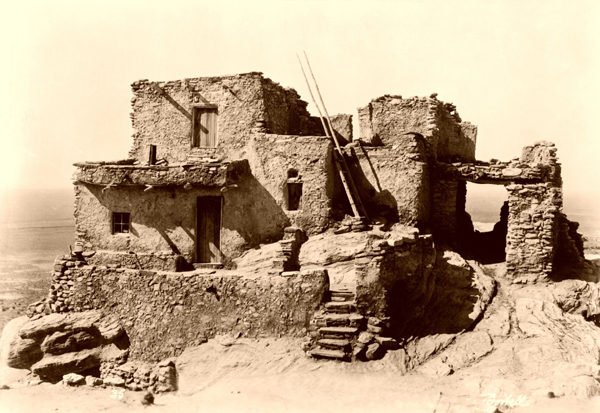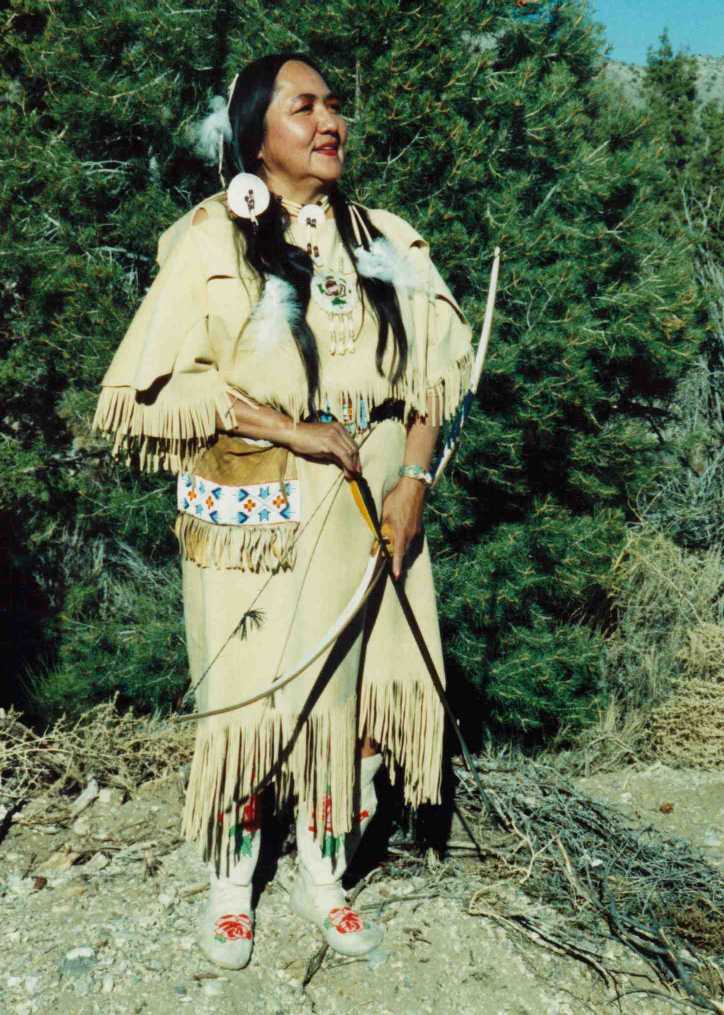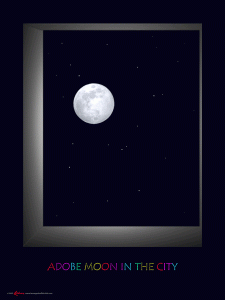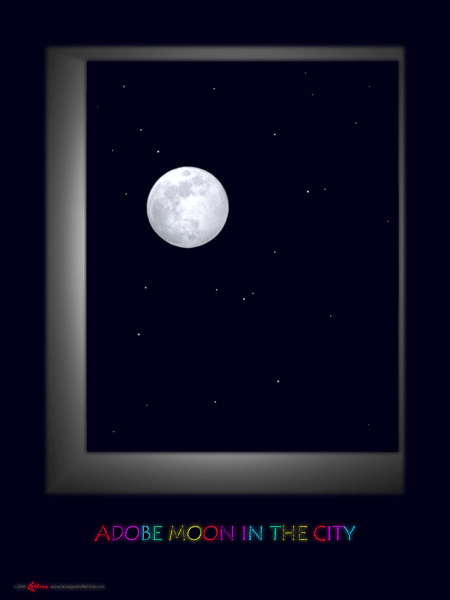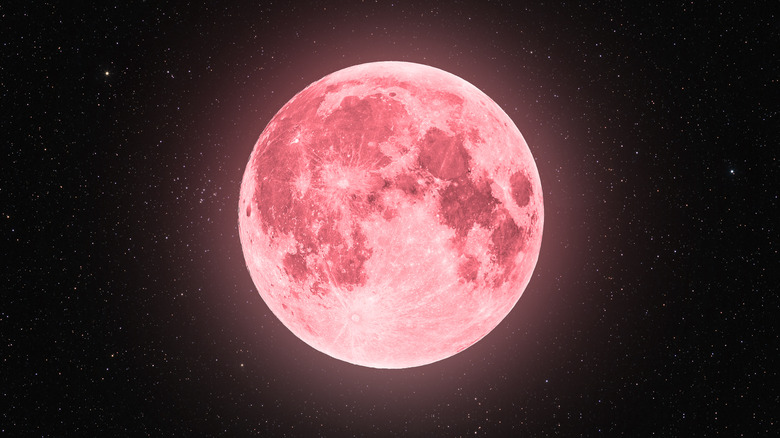
From The Old Farmer’s Almanac:
The full Strawberry Moon rises on Tuesday, June 14, 2022. This Strawberry Moon is a special treat because it isn’t an ordinary full moon, but a supermoon, appearing larger and brighter. Will it be pink? What is the true origin of the name, Strawberry Moon and what are some other June Moon names? Learn more.
In the evening of Tuesday, June 14—just after sunset—look towards the southeast to watch the full Moon rise gently above the horizon. There, it will appear large and golden-hued.
June’s full Moon will reach peak illumination at 7:52 A.M. Eastern Time on June 14, but will not be visible in North American time zones until later that night, when it drifts above the horizon. Consult the Almanac’s Moonrise and Moonset Calculator.
Because the Full Moon is an early morning, expect that the Moon will appear full for about three days centered on this time, from Sunday evening through Wednesday morning. See the Almanac’s Moon Phase Calendar.
A Strawberry “Supermoon”
This full Moon will be the second supermoon of 2022! This happens when the moon’s orbit is closest to Earth, presenting us with a larger, brighter full moon.
The common definition of a supermoon is any full Moon that is at a distance of at least 90% of perigee (which is the point at which the Moon is closest to Earth). June’s full Moon stands at 222,238.4 miles (357,658 km) away—comfortably within that cut-off point.
Why Is It Called the Strawberry Moon?
The full Moon names used by The Old Farmer’s Almanac come from a number of places, including Native American, Colonial American, and European sources. Historically, names for the full or new Moons were used to track the seasons. Today, we think of Moon names as “nicknames” for the Moon. Learn more about Full Moon names here.
Full Strawberry Moon video featuring Amy Nieskens
*

